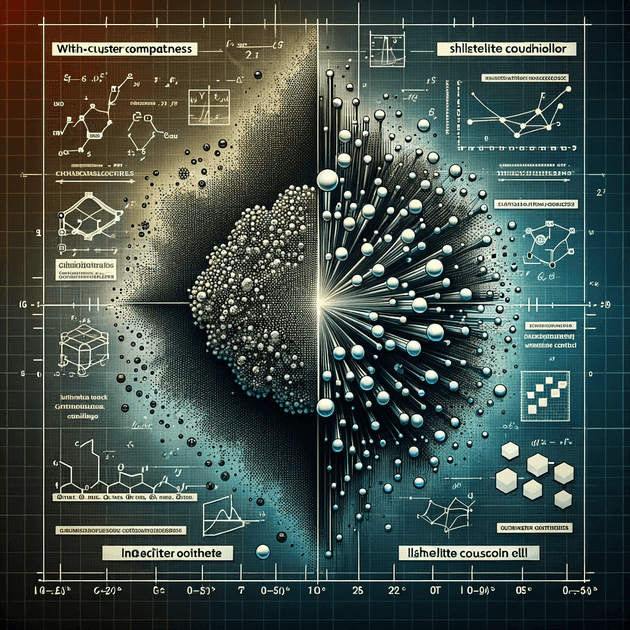Clustering is a fundamental technique in data science and machine learning, used for grouping similar data points together. Among the various metrics to evaluate the quality of clustering, Inertia and Silhouette Coefficient stand out for their insightful feedback on cluster quality. Let's dive into what these metrics are and how they help in analyzing clusters.
What is Inertia?
Inertia, also known as within-cluster sum-of-squares, measures the compactness of clusters. It calculates the total variance within the clusters. In simpler terms, it's the sum of the distances of each data point in a cluster to the centroid of that cluster, squared and summed up for all clusters.
Key Points:
- A lower inertia value implies a better model, as it indicates tighter clustering.
- However, the inertia metric has a drawback: it keeps decreasing with an increase in the number of clusters ( k ). This is where the "elbow method" is often used to find the optimal ( k ).
Understanding the Silhouette Coefficient
The Silhouette Coefficient is a measure of how similar an object is to its own cluster (cohesion) compared to other clusters (separation). The silhouette ranges from -1 to +1, where a high value indicates that the object is well matched to its own cluster and poorly matched to neighboring clusters.
Key Points:
- A high silhouette score indicates well-clustered data.
- Unlike inertia, the silhouette score provides more nuanced insight into the separation distance between the resulting clusters.
When to Use Each Metric
-
Inertia:
- Good for assessing the compactness of clusters.
- Best when used with the elbow method to determine the optimal number of clusters.
- More sensitive to the scale of the data, so normalization or standardization might be necessary.
-
Silhouette Coefficient:
- Ideal for validating the consistency within clusters of data.
- Useful when the number of clusters is not known.
- Offers a more balanced view, incorporating both cohesion and separation.
Conclusion
Inertia and Silhouette Coefficient are crucial metrics for evaluating the performance of clustering algorithms like K-Means. They provide different perspectives: inertia focuses on internal cluster compactness, while silhouette coefficient assesses how well-separated the clusters are. The choice of metric often depends on the specific requirements of the clustering problem at hand.
